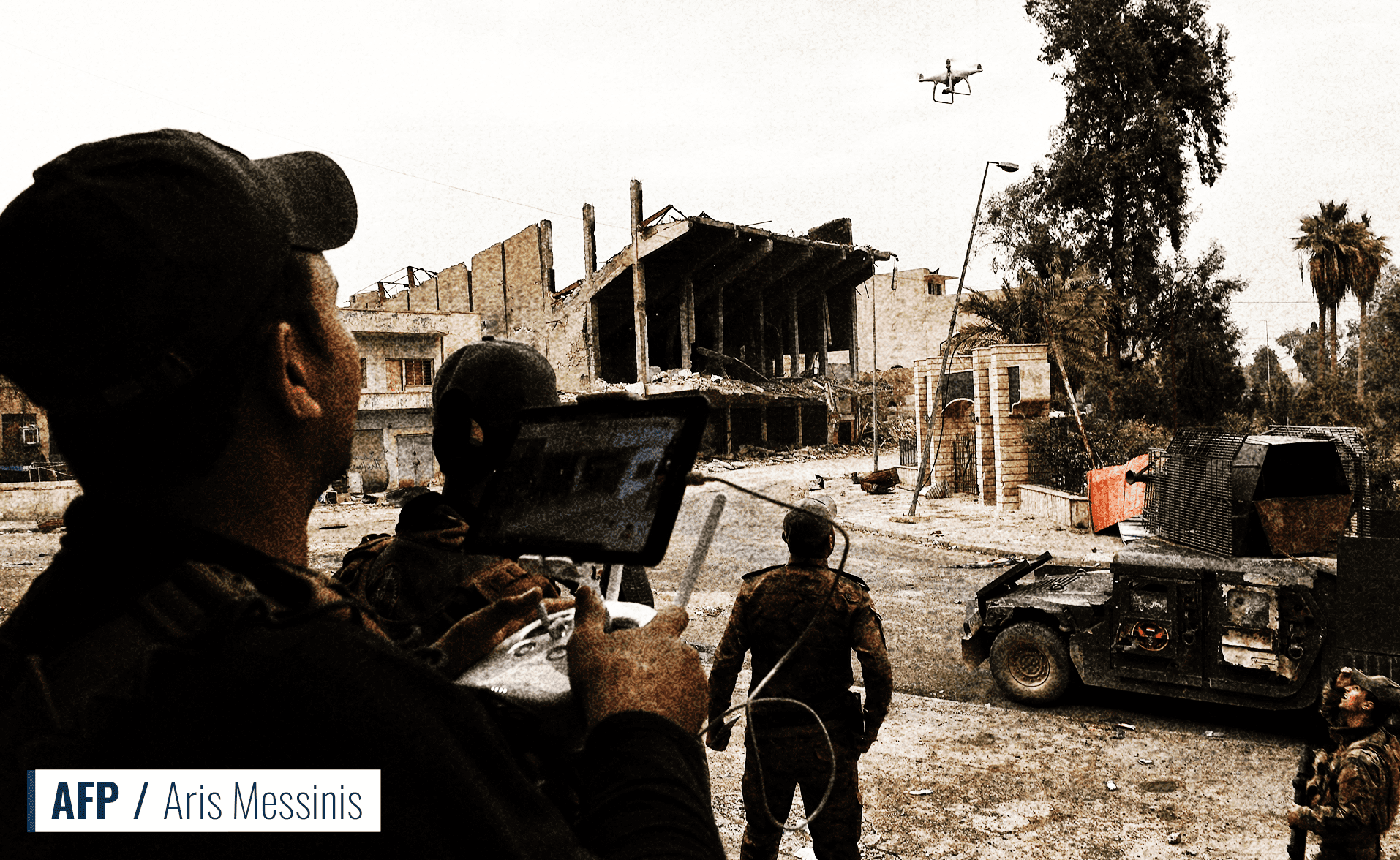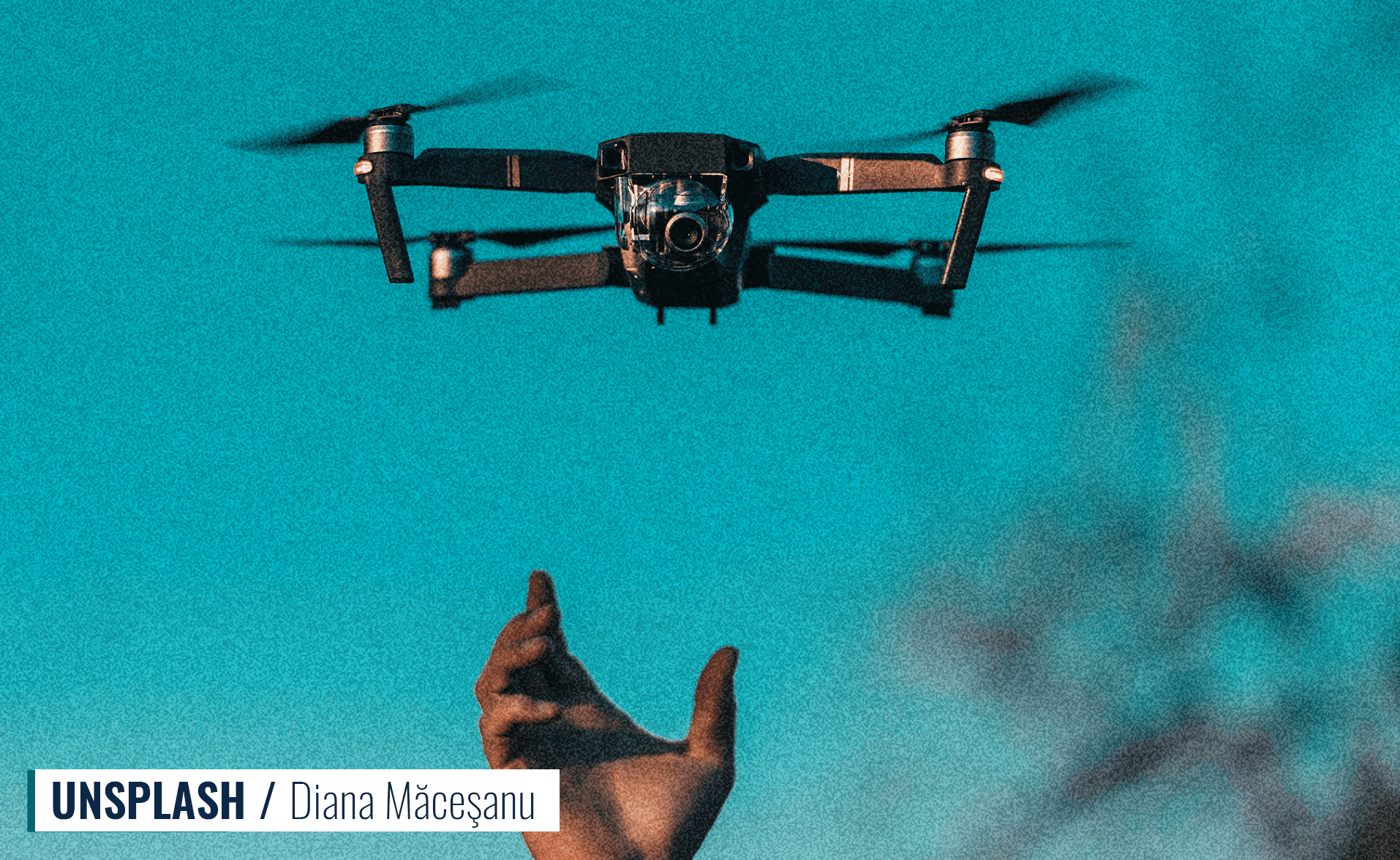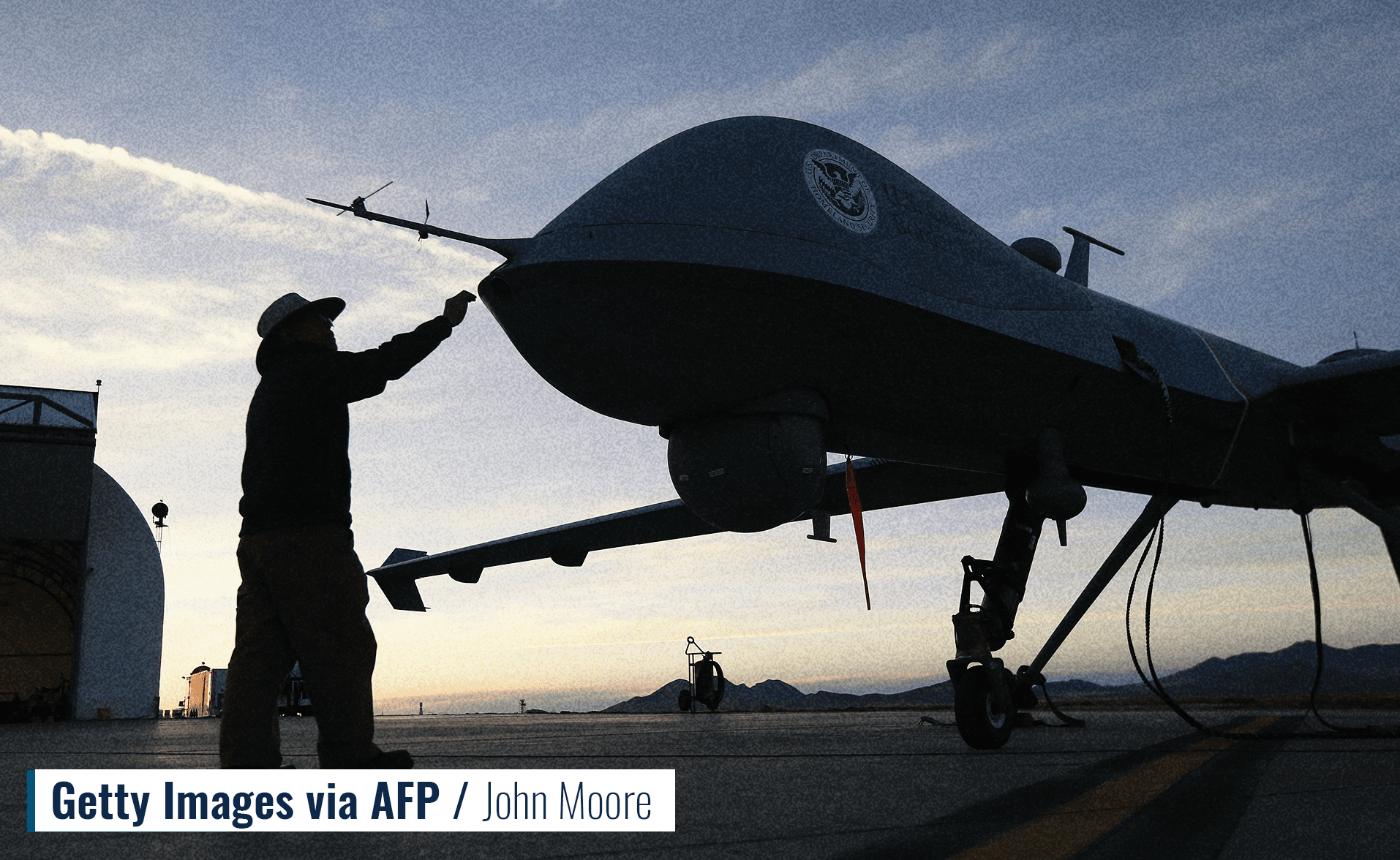 Colonel (ret.) Bill Edwards joined Calibre Engineering in December 2021 as President of the firm. Bill retired from the military in 2017 and led Thornton Tomasetti’s security consulting group as a Principal from 2017 – 2021. He offers over 34 years of expertise in operational/technical security, counter terrorism, counter-intelligence, surveillance and counter-surveillance.
Colonel (ret.) Bill Edwards joined Calibre Engineering in December 2021 as President of the firm. Bill retired from the military in 2017 and led Thornton Tomasetti’s security consulting group as a Principal from 2017 – 2021. He offers over 34 years of expertise in operational/technical security, counter terrorism, counter-intelligence, surveillance and counter-surveillance.
He served as the Director of Intelligence for Theater Special Operations Command-North, a position that required extensive collaboration and partnering across the U.S. whole of government security enterprise. He specifically designed a cohesive and collaborative counter-terrorism network with Department of Defense, Law Enforcement, and Inter-Agency partners while simultaneously bridging strong relationships with coalition partners to further extend his security reach in an effort to protect the homeland.
Col. Edwards also brings extensive experience in operational/technical security from his combat deployments to Iraq, where he commanded large bases in Al Anbar, Dhi Qar, and Basra Provinces, focusing primarily on operations and security. During this time period, he oversaw the planning and execution of all base infrastructure to include the implementation and operation of U.S. base security.
He also planned and designed multiple levels of security improvements to combat threat. Bill recently published a book titled Inside Abu Ghraib: Memoirs of Two U.S. Military Intelligence Officers. The book is about leading through adversity and the military family during combat operations. Bill also teaches leadership, strategic communications, and negotiations to senior Air Force officers through the Air Force War College.
Bill Edwards is an ASIS International board certified CPP, PSP, and PCI. He is also certified as a CPTED Professional (CPD), Identity Management Professional (CIMP), a FEMA Level 1 Continuity Planner and a licensed FAA Part 107 Drone Operator.

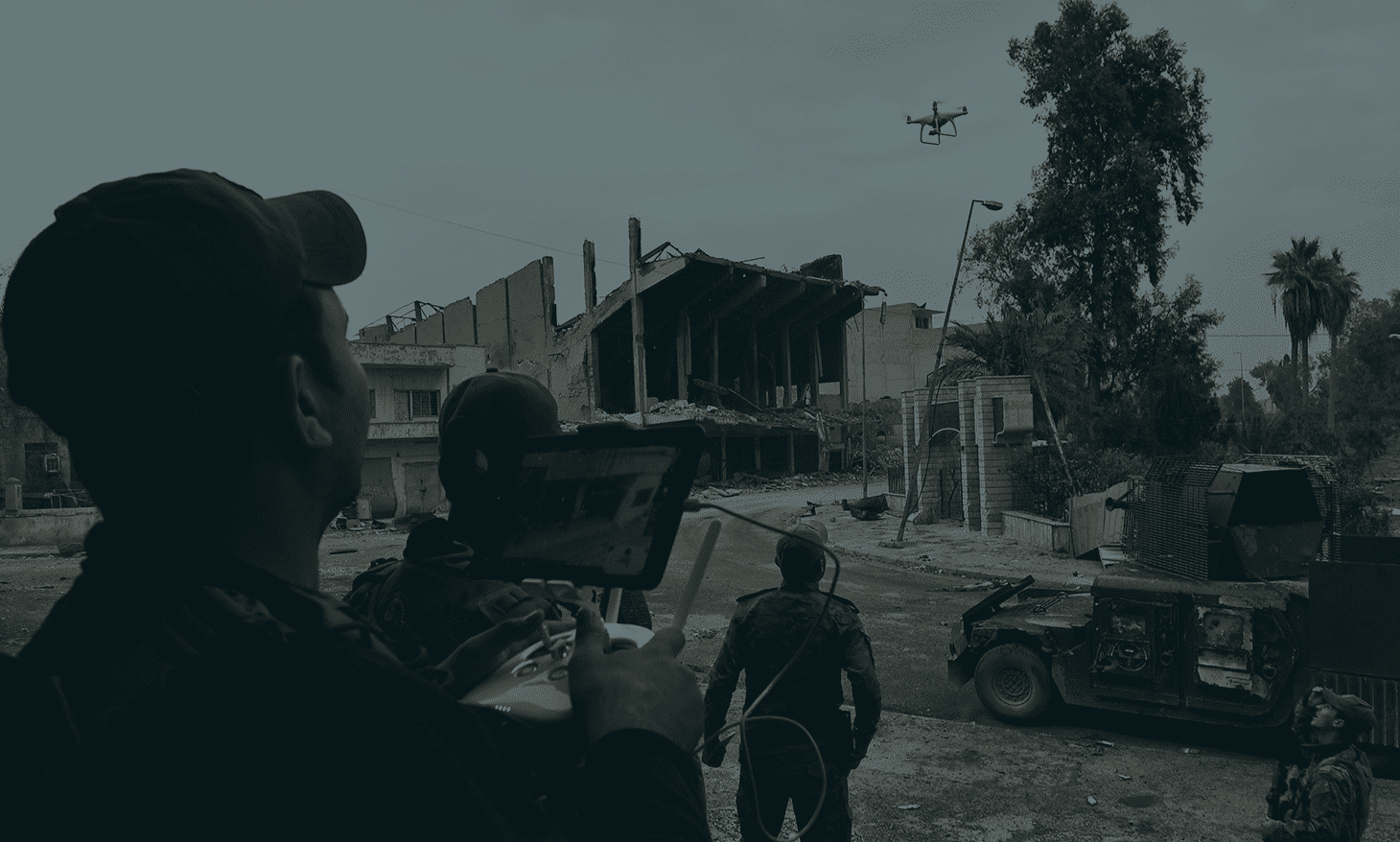
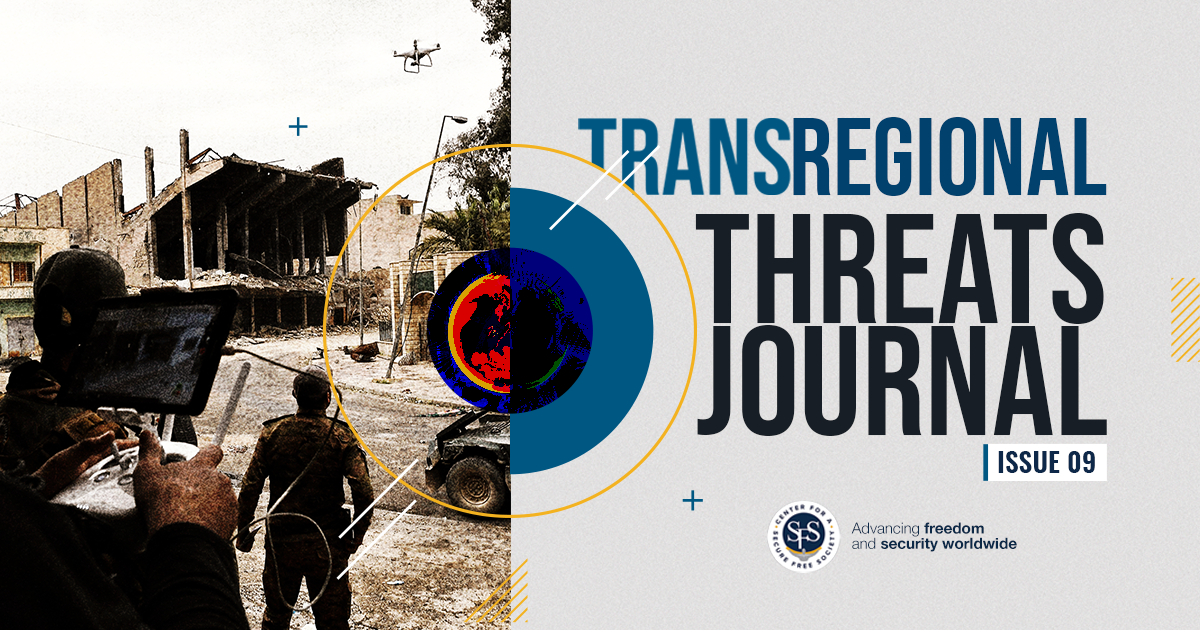
 Colonel (ret.) Bill Edwards joined Calibre Engineering in December 2021 as President of the firm. Bill retired from the military in 2017 and led Thornton Tomasetti’s security consulting group as a Principal from 2017 – 2021. He offers over 34 years of expertise in operational/technical security, counter terrorism, counter-intelligence, surveillance and counter-surveillance.
Colonel (ret.) Bill Edwards joined Calibre Engineering in December 2021 as President of the firm. Bill retired from the military in 2017 and led Thornton Tomasetti’s security consulting group as a Principal from 2017 – 2021. He offers over 34 years of expertise in operational/technical security, counter terrorism, counter-intelligence, surveillance and counter-surveillance.